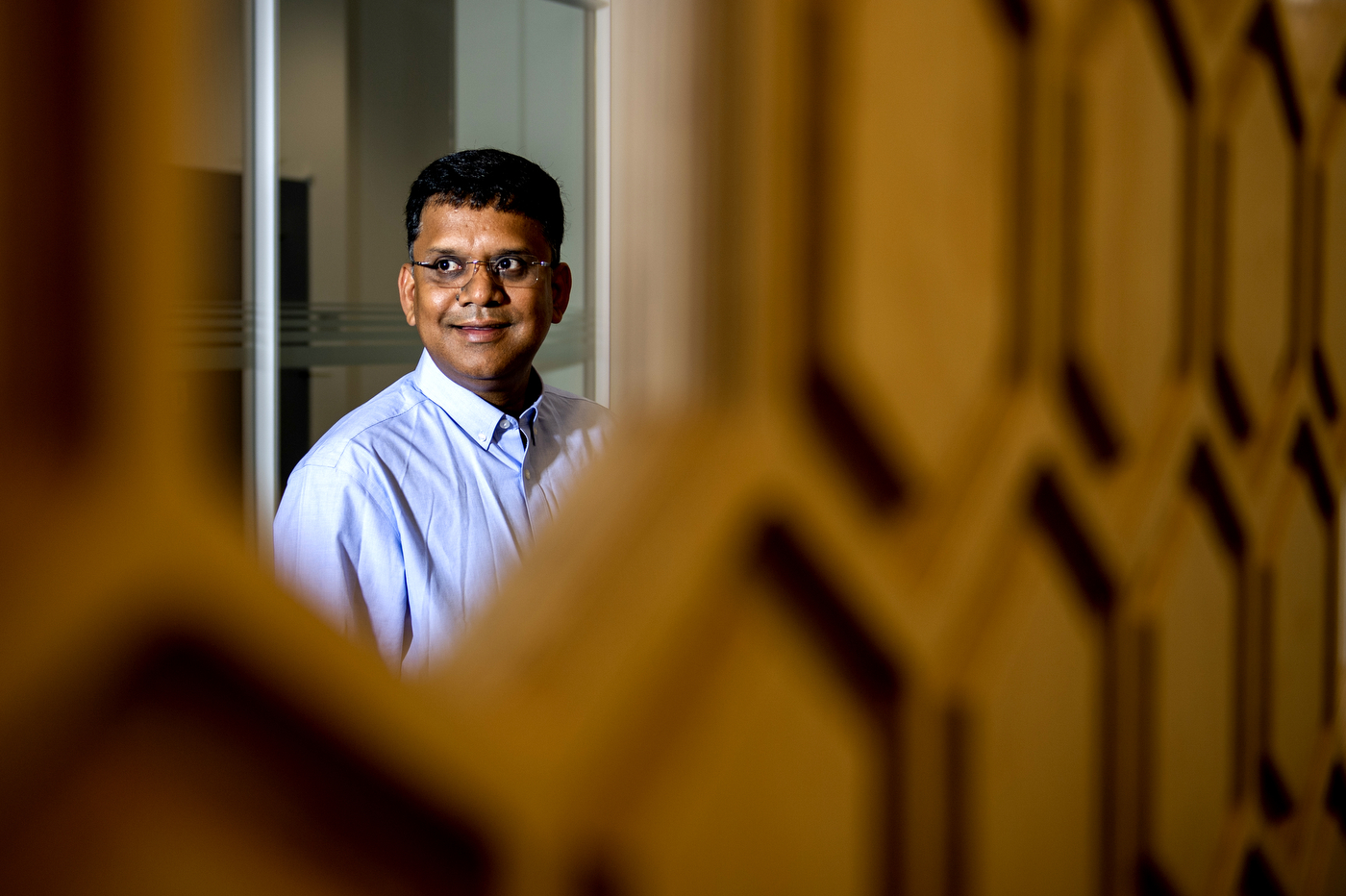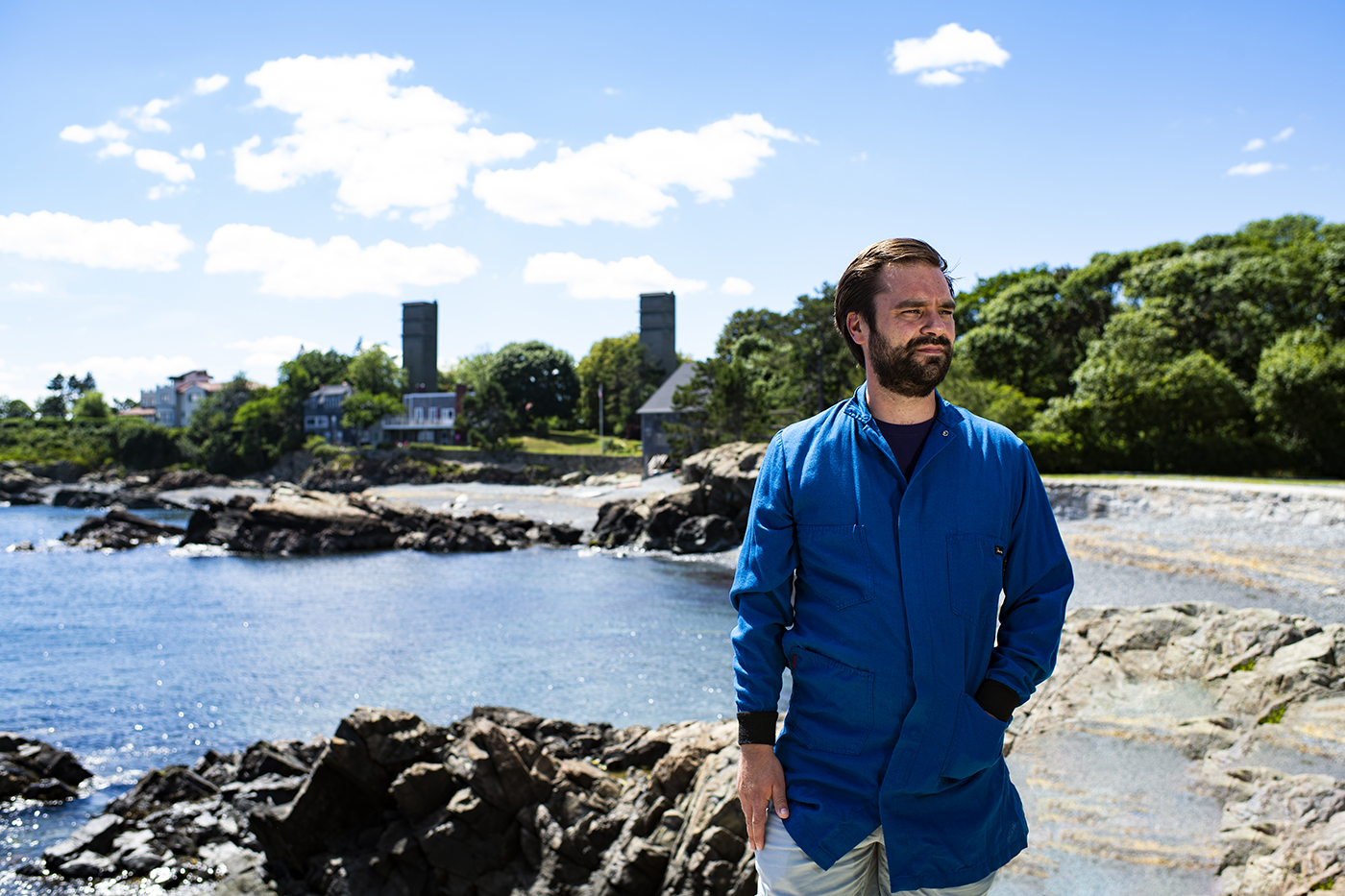Can infrastructure and tourism endure triple-digit temperatures, extreme weather during ‘danger season’?

Elizabeth O’Connell of Northeastern University-London worked through Britain’s record breaking heat wave Tuesday at home with her curtains closed and a Dyson fan at her side.
“Regular cold showers are a must,” says O’Connell, director of marketing and admissions for Northeastern’s London location.
“Dog walks now take place at 6 a.m. when it is relatively cool. Few homes have air conditioning, as historically we have not experienced the temperatures to warrant its installation,” she says in an email.
The heat wave striking Europe has sent temperatures in Britain above 40 degrees Celsius–or 104 Fahrenheit—for the first time ever, caused wildfires in France and killed more than 1,000 people in Spain and Portugal.
Northeastern University professors say it is a sign of more to come as climate change continues to create extreme weather challenges.
“Continents across the globe are going through enormous heat waves,” says Auroop Ganguly, a professor of civil and environmental engineering at Northeastern University.
“It’s not that they have never happened before. They have not happened continuously for this long and over and over,” he says.
“We are seeing records being broken almost each successive year.”


To say that northern latitudes such as Britain were unprepared for the broiler to be turned on is an understatement.
“Our overall lack of readiness for extreme heat extends to our overall infrastructure,” O’Connell reports from London.
“So while some of my luckier colleagues are working in the wonderfully air-conditioned campus at St. Katharine Docks, many staff have been unable to travel to the campus for reasons such as train cancellations and no air conditioning in the Tube or buses,” she says.
CBS News reported that hundreds of trains were canceled in Britain, and people were advised not to take public transportation. It said London’s Luton Airport had to cancel flights after part of the runway melted.
But it’s not just Europe.
The Washington Post reported that Central Asia and Oklahoma and Texas are currently baking in excessive heat.
Last month, Phoenix and Las Vegas experienced record daily high temperatures, while the North African city of Tunis experienced a scorching record high of 118 degrees Fahrenheit on July 13, according to NASA.
“It is extraordinary, but it’s completely expected,” says Samuel Munoz, Northeastern University assistant professor of marine and environmental sciences.
“Environmental and climate scientists have been predicting an increase in extreme weather events for years due to the impact of greenhouse gas emissions on the climate,” Munoz says.
“We’re going to keep breaking records,” he says.
The combination of larger wildfires, hotter heat waves and more intense hurricanes is prompting experts at the Union of Concerned Scientists in Cambridge to dub summer “the danger season.”
Union of Concerned Scientists principal climate scientist Kristina Dahl said in a June blog post that the dangers are many: heat stress and heat stroke, mold exposure in flood-damaged homes and poor air quality from wildfires.
The extreme weather events “compound one another and cause cascading chains of hazards,” Dahl writes.
As an example, she says, the “megadrought” in the U.S. Southwest is making fires more difficult to contain, resulting last month in New Mexico experiencing its largest wildfire ever, the Hermits Peak and Calf Canyon fire.
Extreme weather poses a risk to summer tourism, making travel inconvenient or downright dangerous in beloved destinations around the globe.
This month, the Washburn wildfire threatened Yosemite’s National Park famed Mariposa Grove of Giant Sequoias, and a collapsing glacier killed 11 hikers in the Italian Dolomites, one day after record heat was recorded at the base of the glacier.

Earlier this summer, historic floods temporarily closed Yellowstone National Park for the first time in 34 years.
Increased flooding is as much a part of climate change as heat waves and drought, Munoz says.
“A warmer atmosphere is a ‘thirstier’ atmosphere, increasing the likelihood of droughts and wildfires by causing more water to evaporate from the earth’s surface,” he says.
“At the same time, the extra water held in the atmosphere can also create heavier rainstorms that cause flooding,” Munoz says.
In the case of Yellowstone, scenic roads were built next to rivers when there was a low likelihood the roads would get flooded and washed out.
“We designed and built infrastructure for a 20th century climate. It might not work as well for a 21st century climate,” Munoz says.
The impact of extreme events on critical infrastructure can determine the difference between life and death, Dahl writes in her blog post.
During “the massive heatwave that followed on the heels of Hurricane Ida in Louisiana in 2021, for instance, residents of the state were left without water or power for weeks,” she says.
“In Louisiana, the inability to cool off in the wake of the storm ultimately led to more deaths due to heat after the storm than to the storm itself even as the storm (traveled) northward, wreaking havoc and claiming dozens of lives from Mississippi to New York.”
Officials who have planned around extreme weather events occurring every 100 to 500 years are finding that the pace has picked up dramatically, Ganguly says.
He says locations in India and Pakistan that are used to high temperatures are experiencing heat beyond expectations.
Climate change, sea level rise, groundwater extraction and aging infrastructure are all occurring at once, says Ganguly, who 13 years ago published a paper anticipating higher than predicted temperature trends.
“It’s almost become a perfect storm,” he says
“These are the things we have to design for,” Ganguly says.
Ganguly recently returned from a study abroad trip to Tanzania as part of Northeastern University’s Dialogue of Civilizations program, where Northeastern science, engineering, social science and computer science students learned about the infrastructure of the low-income, tourist-dependent nation.
“There has been a steady state of warming in Tanzania and heavy rainfall-induced floods, but there have been droughts in other parts of the country that have caused issues with crops,” Ganguly says.
Climate change is a global problem, but countries with low levels of resources and incomes are more affected than wealthier nations, Ganguly says.
“Many more people potentially lose their lives” or face a difficult economic recovery from disaster, he says.
But Tanzania, which is responsible for a small fraction of global greenhouse gas emissions, presents an opportunity to build a resilient infrastructure with critical redundancies built into the system, while also making efforts to reduce greenhouse gas emissions from the transportation sector, in ways that can serve as a model for the world, Ganguly says.
“They almost have to start from scratch,” he says, “which can enable them to bake resilience into infrastructure design while simultaneously ensuring operational efficiency.”
With some help from industrialized nations and technology, it’s likely that places at most risk of climate change such as Tanzania can make progress without burning that much more fossil fuel, while also adapting better to climate change, Ganguly says.
When it comes to climate change, what happens in one country doesn’t stay there, he says.
“We share what is happening to the planet.”






